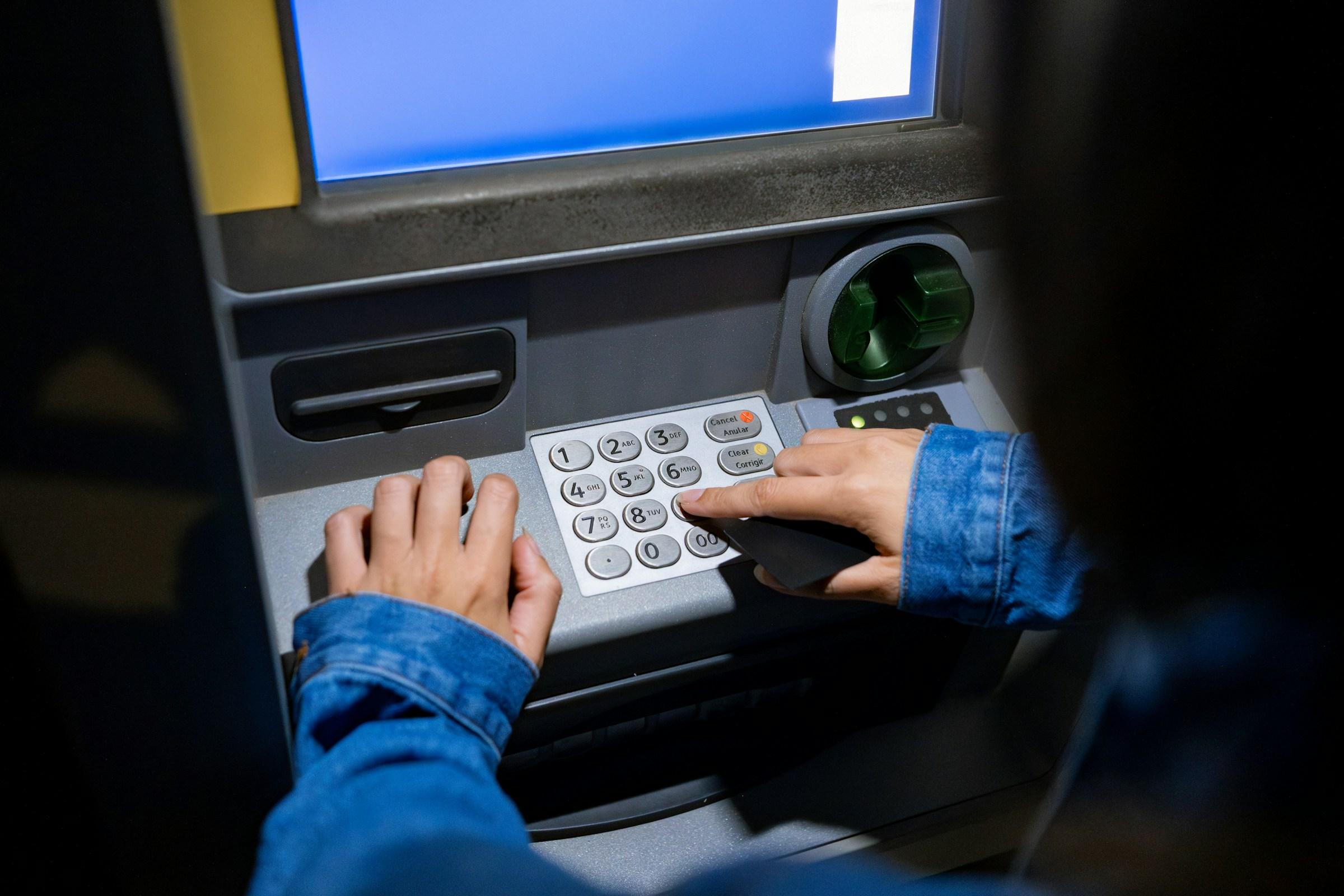If you have ever paused at a bank’s personal loan page and wondered if tapping “apply” would undo years of careful financial habits, you are not alone. The phrase itself sounds risky. A personal loan is unsecured, it relies on your income rather than collateral, and it sits alongside your credit cards in the same broad family of consumer debt. It is natural to assume that any new debt must be bad news for your credit profile. The answer is more nuanced. Credit systems, including those used in Singapore and across the region, do not judge debt by the headline. They judge by behaviour, timing, ratios, and consistency. A term loan can weaken a score if it is taken without a plan, stacked with other applications, or repaid late. The same loan can support a score if it replaces revolving balances, reduces utilisation, and is paid on time every month.
Credit scoring looks simple on a mobile app but sits on a layered set of signals. Payment history is the most visible. Any late or missed instalment will pull your score down and will sit on your file for a period of time that is long enough to matter. This is the single strongest way a personal loan can hurt you. If your cash flow is tight and there is a risk that instalments will be missed, the loan becomes a credit negative very quickly. By contrast, a spotless record of on time instalments gives the scoring model evidence of reliability. The system cannot see your intentions, only the pattern. If that pattern is clean, your score reflects it.
The second lever is your use of revolving credit. Credit cards and lines are flexible but they encourage balances to linger. When those balances are high relative to your limits, your utilisation ratio rises, which signals risk. A term loan does not count as revolving credit. When someone moves a large set of card balances into a fixed term instalment loan and then keeps card utilisation low, the overall picture often improves. The revolving utilisation falls, which scoring models interpret as a reduction in near term risk. The instalment loan adds a scheduled obligation, but that obligation is predictable. Predictability is something credit models value, as long as it is met.
New applications create their own footprint. Each formal application usually triggers a hard inquiry. A single inquiry is not a crisis, but several clustered within a short period can be interpreted as credit seeking. Lenders worry that the applicant may be under stress or about to increase debt rapidly. This is another way a personal loan decision can backfire, not because of the loan itself but because of the path taken to secure it. Submitting multiple applications across banks within a week, or mixing a personal loan application with several new credit card applications, raises more questions than a single, targeted submission with full documentation.
Credit mix and the age of your accounts also matter. Scoring models take note of whether you only hold revolving facilities or also carry an instalment account. A healthy file often shows a mixture over time. Introducing your first term loan can broaden that mix, which is neutral to slightly positive if repayment is steady. The age factor cuts the other way if the new loan is your only recent account. Opening any new account lowers your average age of credit, which can shave a few points off your score for a time. This effect is usually modest and fades as the account seasons. It becomes a problem only if the new account arrives alongside a wave of other new credit.
In Singapore, the practical reading of your file involves both your score and the narrative inside your report. Banks view your monthly obligations through their own affordability frameworks. A personal loan will raise your fixed monthly commitments, which can restrict future borrowing capacity for a while. If you plan to refinance a mortgage or take a car loan in the next few months, that timing matters. The bank’s question is simple. After the new instalment is added, is there enough headroom in your income for all other commitments, with a sensible buffer. The answer can be yes even with a personal loan on your file, provided you are not stretching. The answer can turn to no if the instalment is large relative to income or if there are multiple loans.
It helps to anchor this to real life. Consider a 32 year old professional who has accumulated several credit card balances during a family medical period. The balances are sitting at a high utilisation level and minimum repayments are eating into cash flow. She consolidates the balances into a three year personal loan at a lower effective rate, sets a monthly instalment that fits inside her budget, and reduces her active card utilisation to below a third of her limits. She makes every instalment on time and avoids new applications. In this scenario, the new loan may cause a small score dip at the point of application because of the inquiry and the new account, but the file quickly stabilises. As the revolving utilisation falls and payment behaviour remains clean, the score often trends upward relative to the previous high balance picture. The decision is not cosmetic. It moves the account mix toward predictability and lowers behavioural risk.
A different example shows the risk. A 28 year old applicant with several recent card openings, a thin file, and seasonal income applies for two personal loans in the same month. He is doing this to access cash for discretionary purchases and a short trip. The instalments are within reach on a good month but leave little buffer during a slow period. He misses a payment in month four and catches up in month five. The missed payment marks the file. The cluster of inquiries and the young age of accounts reduce the score further. When he later applies for a new flat with a partner, the bank looks at the recent delinquency and the tight ratios and extends a smaller facility than expected. The regret is not about the label personal loan. It is about the timing, the volume of applications, and the lack of repayment resilience.
Because many readers track scores on their banking apps, it is easy to fixate on the number. It is more useful to think in terms of signals. Lenders are looking for evidence that you use credit in a controlled way, that your balances do not spiral, and that you meet every obligation without exception. A personal loan can send a positive signal when it regularises your payments and reduces volatile revolving balances. It sends a negative signal when it stacks on top of existing obligations without a clear source of repayment or when it appears as part of a spree.
There are a few practical steps that reduce risk while keeping options open. Apply once, not many times, and do it with full documentation so the lender does not need to recheck repeatedly. Choose a tenure that makes the instalment genuinely sustainable with a cushion for months that run hot. Set up an automatic debit and align the deduction date with your salary credit to avoid calendar traps. Keep your older, well managed accounts open to maintain your average age of credit. If you convert card balances into a term loan, keep your cards but keep utilisation low and repay the statement balance in full. Treat any promotional line increases with care. A higher limit can help utilisation, but it can also tempt fresh spending that undermines the benefit.
It is also worth understanding how your file updates. Your score does not sit inside your banking app in real time. Your lenders report on a cadence, and your bureau file reflects that cadence. If you are planning a major application, such as a home loan, give your file time to reflect any positive change. Pay down balances a few cycles ahead, avoid new applications, and allow the record to show stability. Similarly, if you have made a mistake in the past, the most effective recovery plan is unexciting but powerful. Put six to twelve months of perfect behaviour between you and the mistake. Scores respond to fresh data.
The cost side matters too. Personal loans carry fixed rates that are often lower than the implicit rate on revolving credit, but not always. A lower rate helps your budget and lowers the chance of missing a payment, which indirectly supports your credit. Fees and early repayment charges vary. If you anticipate the ability to repay early, choose a structure that does not penalise you for doing the sensible thing. If you think you will need the full tenure, accept that predictability and affordability matter more than squeezing a slightly lower nominal rate with a punishing fee schedule.
For citizens who move across borders or hold accounts in more than one market, the mechanics are similar but not identical. A clean repayment record travels well as a principle. The labels do not. Keep a simple rule in mind. Wherever you are, your history of paying on time and avoiding overextension will be the strongest part of your profile. If your life includes a move, consider closing on time the facilities you no longer need and avoid a burst of new applications on arrival. Let your new file build with a simple foundation before layering on obligations.
All of this returns us to the headline question: does a personal loan hurt your credit. The short answer is that the loan is not the villain or the hero. Your behaviour decides the outcome. If a personal loan regularises your debt, lowers your revolving utilisation, and is repaid on time, your score can hold steady or improve after an initial dip. If the loan adds strain to an already tight budget, triggers missed payments, or appears amid multiple applications, your score will weaken and your future borrowing capacity will narrow at the wrong time.
Think of the decision as part of a plan rather than a product choice. If your goal is to clean up revolving balances, a term loan can be a tool. If your goal is to fund consumption without the cash flow to back it, the tool becomes a liability. Lenders and scoring models have seen both stories many times. They are reading the signals, not the marketing.
In practice, the safest way to proceed is to slow the decision down by one notch. Map your existing obligations, your income range over the last six months, and your expected expenses over the next quarter. If the instalment still fits with breathing room, if the loan replaces rather than adds to revolving debt, and if you can commit to an automatic payment that you will not interrupt, the credit system will usually read that as responsible behaviour. If the numbers only work on a perfect month, the signal turns risky before you sign. Credit works in your favour when it is boring, predictable, and aligned with your cash flow. That is the part of the story you control.
This update offers more flexibility for borrowers who use term loans as a tool to tidy up their finances, but the outcome depends on discipline rather than labels. If you keep your file clean and your instalments affordable, the credit system will reflect that.





.jpg&w=3840&q=75)


-1.jpg&w=3840&q=75)





